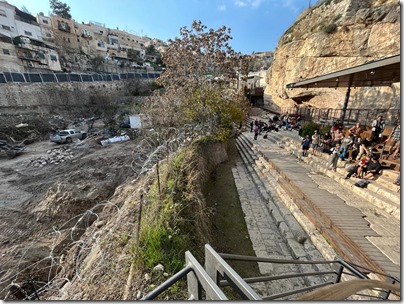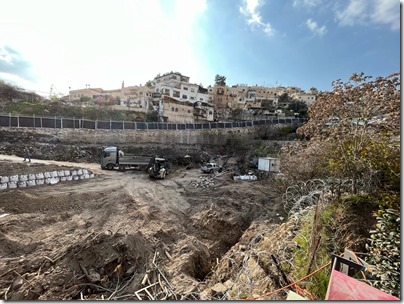“Two 3,800-year-old cuneiform tablets found in Iraq give first glimpse of Hebrew precursor.”
Asshur, the ancient religious capital of Assyria, will be flooded once construction is completed on a dam on the Tigris River.
Arab News looks at evidence of early Christianity in the Arabian Peninsula.
Mohy-Eldin Elnady Abo-Eleaz looks at how kings of the Late Bronze Age dealt with various kinds of “fake news.”
A Greek blacksmith is creating replicas of ancient armor for display in museums. I saw about a dozen of these last week in the Museum of Ancient Greek Technology in Athens.
Mark I. Pinsky reviews Eric M. Meyers’s autobiography, An Accidental Archaeologist: A Personal Memoir. Only $9.99 on Kindle.
Eric Meyers is interviewed by Eve Harow on the Rejuvenation podcast.
Alex Joffe grew the readership of ANE Today from zero to 42,000 over the last decade, and now he is stepping down. This provides him with the occasion to reflect on the challenge of getting archaeologists to write for normal people.
The Met has closed its galleries for Ancient Near Eastern and Cypriot Art for a two-year, $40 million renovation project.
“The H.A.P.S. summer scholarship is possibly the first crowd-funded grant aimed at helping humanities Ph.D. students – specifically, those studying the Ancient Near East.”
New release: City of Caesar, City of God: Constantinople and Jerusalem in Late Antiquity, edited by Konstantin M. Klein and Johannes Wienand (De Gruyter, 2022; $127; free download).
New release: Naming and Mapping the Gods in the Ancient Mediterranean, edited by: Thomas Galoppin, Elodie Guillon, Max Luaces, Asuman Lätzer-Lasar, Sylvain Lebreton, Fabio Porzia, Jörg Rüpke, Emiliano Rubens Urciuoli, and Corinne Bonnet (De Gruyter, $196; free download)
New release: The Scribe in the Biblical World: A Bridge Between Scripts, Languages and Cultures, edited by Esther Eshel and Michael Langlois (De Gruyter, $100)
New release: The Solid Rock Hebrew Bible – “this edition prints the entire Hebrew text (in a traditional two-column layout and an easy-to-read 13-point font, with vowel points included for readers’ convenience) and includes adjustments made to the base text (the Leningrad Codex) in over 2,500 places.” $35 per printed volume, and free download.
ASOR webinar on Jan 26: “Antiquities Trafficking in the Age of Social Media: How Big Tech Facilitates and Profits from the Digital Black Market,” featuring Katie A. Paul and moderated by Eric Cline ($12).
Video recordings from the “Yahwism under the Achaemenid Empire” conference are now available (also on YouTube).
Speakers at the online Spring Bible & Archaeology Fest 2023 include Erez Ben-Yosef, Shimon Gibson, James Hoffmeier, Chris McKinny, Gary Rendsburg, Sarah Parcak, and others.
Amélie Kuhrt died on January 2.
HT: Agade, Joseph Lauer, Arne Halbakken, Gordon Dickson, Ted Weis, Wayne Stiles, Mondo Gonzales, Alexander Schick, Charles Savelle, Keith Keyser, Explorator

